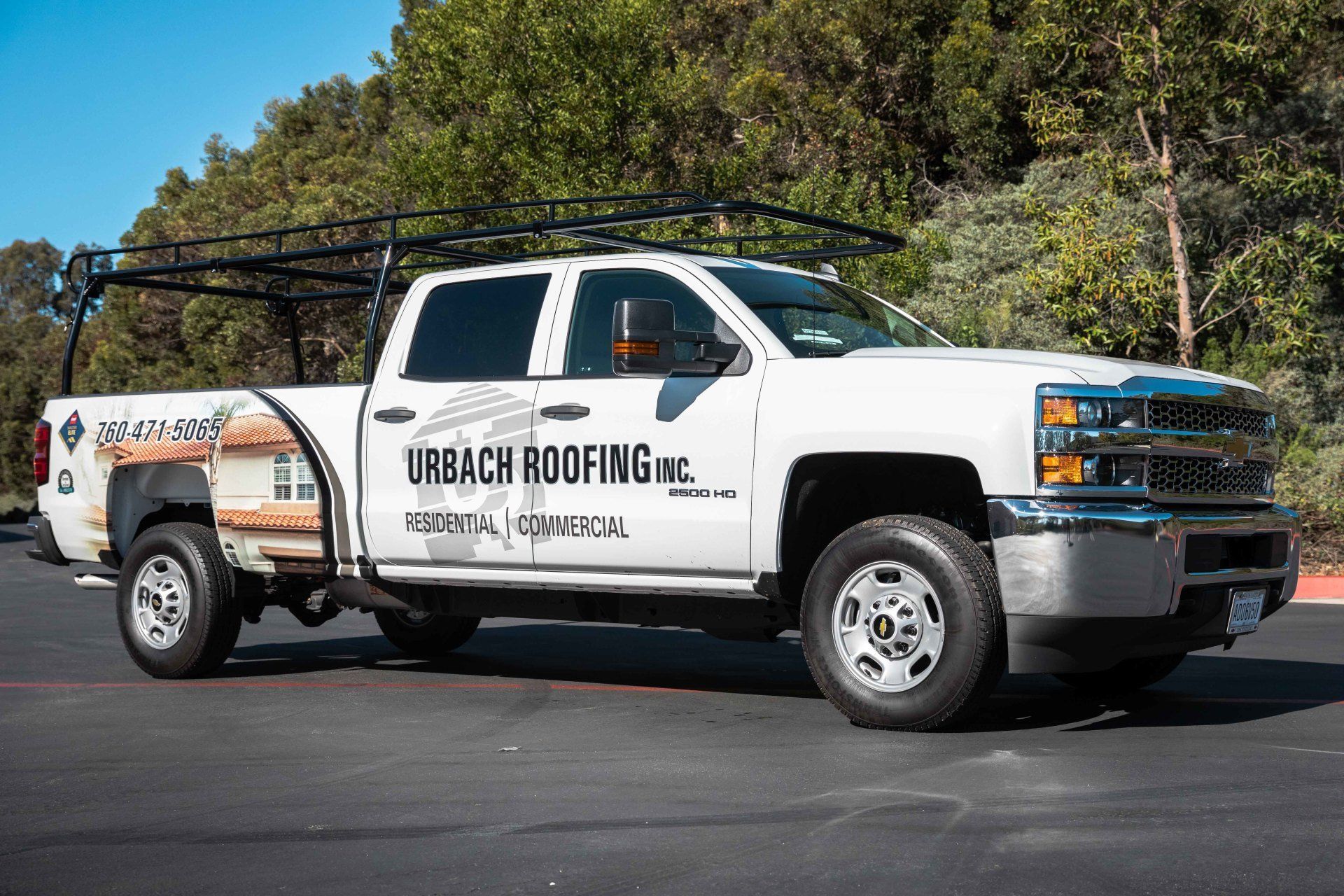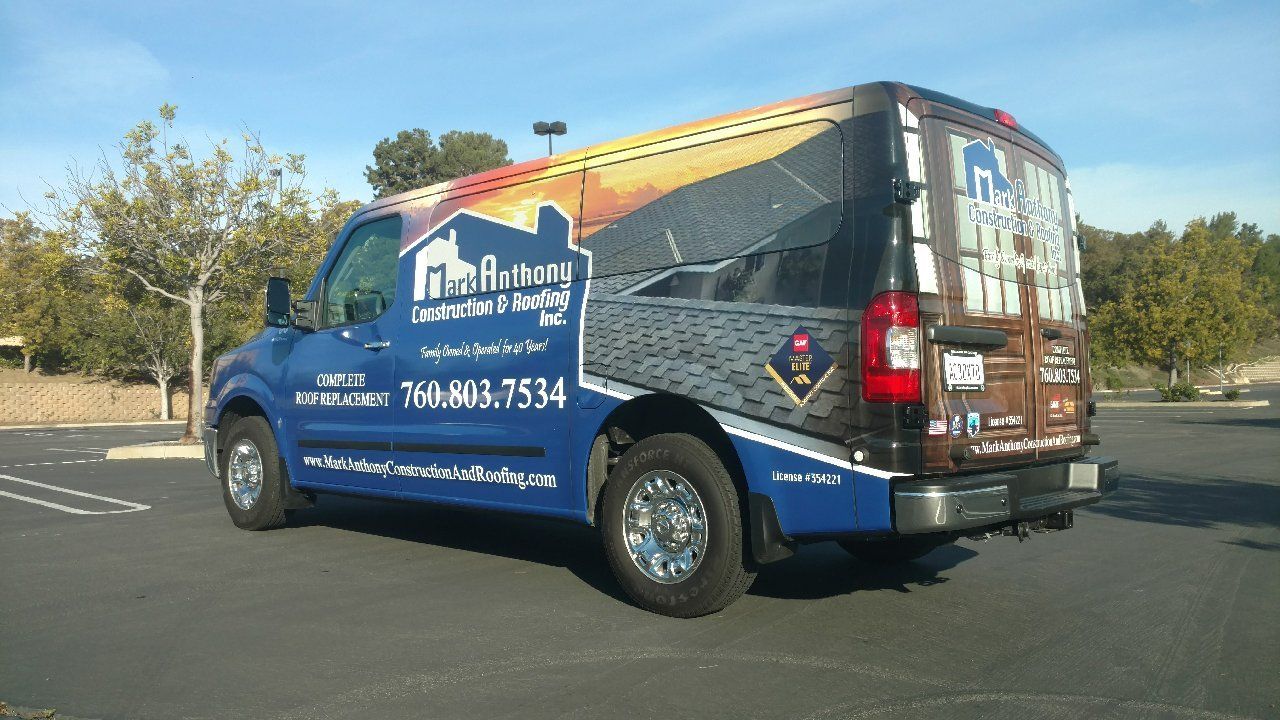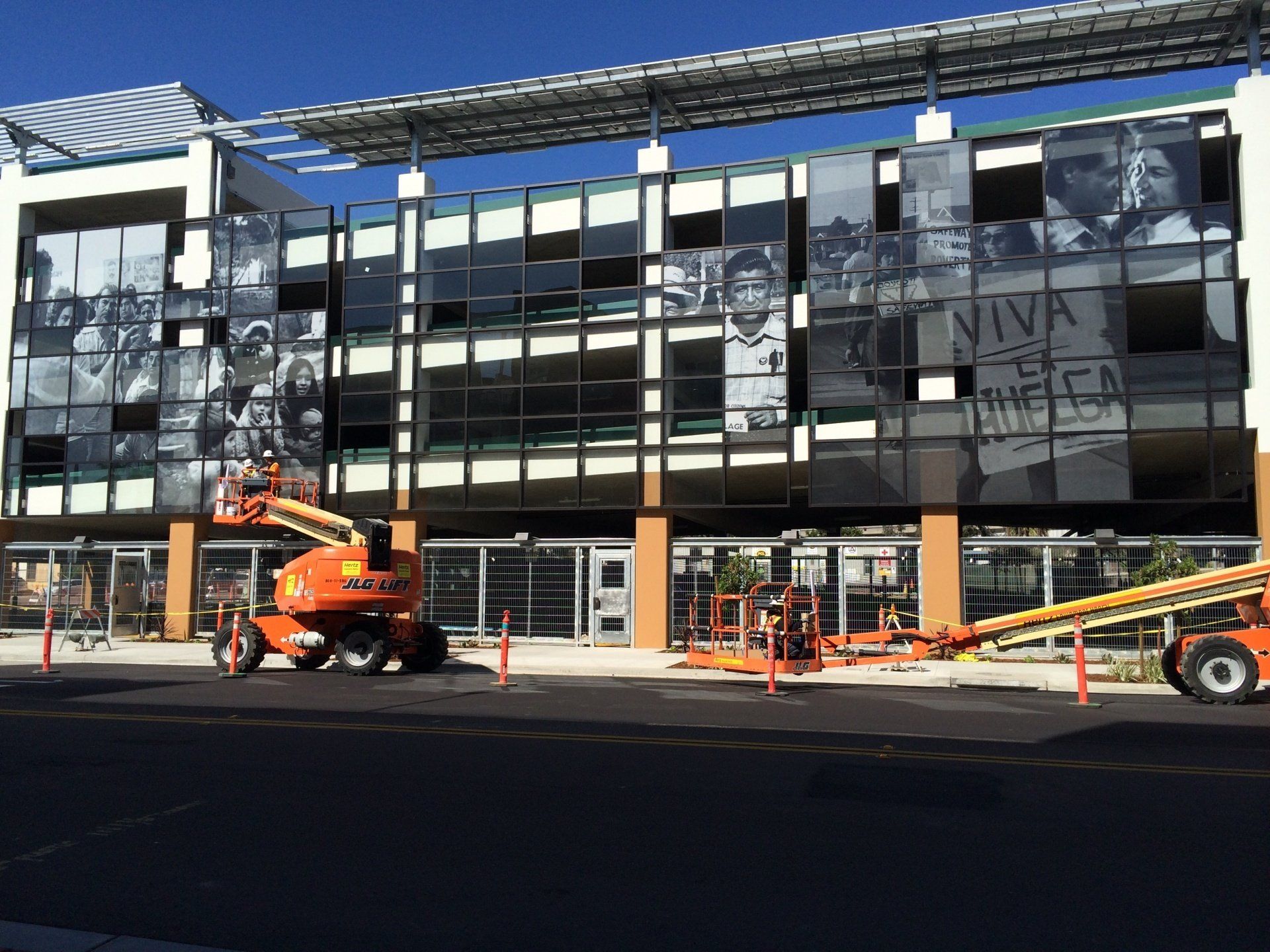Choosing the Right Signage Material: A Guide for Businesses
Signage is an essential aspect of any business, serving as a vital communication tool that attracts customers, provides information, and reinforces branding. The choice of signage material can significantly impact your signs' aesthetics and functionality. Here, we offer a comprehensive guide on various signage materials, their applications, and how to choose the right one for your business needs.
1. Vinyl
Overview: Vinyl is one of the most popular materials for signage due to its versatility, affordability, and ease of use. It comes in adhesive-backed sheets or rolls that can be applied to various surfaces.
Applications:
- Window Graphics: Perfect for promotional messages, store hours, and seasonal decorations.
- Vehicle Wraps: Ideal for turning company vehicles into mobile advertisements.
- Wall Murals: Great for creating impactful indoor graphics that enhance brand presence.
Benefits:
- Cost-effective
- Easy to apply and remove
- Available in a wide range of colors and finishes
2. Acrylic
Overview: Acrylic, also known as Plexiglass, is a transparent thermoplastic often used as a lightweight alternative to glass. It offers a sleek, modern look.
Applications:
- Lobby Signs: Commonly used for company logos and office directories.
- Point-of-Sale Displays: Effective for showcasing products or promotional materials.
- Illuminated Signs: Works well with LED lighting for eye-catching displays.
Benefits:
- Durable and weather-resistant
- High optical clarity
- Customizable shapes and sizes
3. Metal
Overview: Metal signs, typically made from aluminum, steel, or brass, are known for their strength, durability, and professional appearance.
Applications:
- Outdoor Signage: Ideal for storefronts, parking lots, and directional signs.
- Plaques: Suitable for commemorative signs, awards, and recognition.
- Dimensional Letters: Used for building names and logos.
Benefits:
- Long-lasting and sturdy
- Resistant to weather and corrosion
- Elegant and timeless aesthetic
4. PVC (Polyvinyl Chloride)
Overview: PVC is a lightweight, rigid plastic suitable for both indoor and outdoor use.
Applications:
- Trade Show Displays: Portable and easy to set up for temporary events.
- Menu Boards: Commonly used in restaurants and cafes.
- Real Estate Signs: Effective for property listings and open house notifications.
Benefits:
- Lightweight and easy to install
- Versatile for various applications
- Cost-effective
5. Wood
Overview: Wood signs offer a rustic, classic look and can be crafted from different types of wood, such as pine, cedar, or redwood.
Applications:
- Business Signs: Suitable for boutique shops, cafes, and hotels.
- Monument Signs: Often used for residential communities and parks.
- Informational Signs: Effective for museums, zoos, and nature trails.
Benefits:
- Unique and customizable
- Eco-friendly options available
- Timeless and natural appearance
6. Foam Board
Overview: Foam board is a lightweight material made of a foam core sandwiched between two layers of paper or plastic.
Applications:
- Indoor Displays: Perfect for presentations, exhibitions, and point-of-purchase displays.
- Temporary Signage: Ideal for events, sales, and promotions.
- Photo Backdrops: Used in photography studios and trade shows.
Benefits:
- Lightweight and portable
- Easy to cut and shape
- Affordable and versatile
How to Choose the Right Signage Material
Consider Your Environment:
- Indoor vs. Outdoor: Materials like metal and acrylic are better for outdoor use due to their durability, while foam board and vinyl are great for indoor applications.
Evaluate Durability:
- Opt for metal or acrylic that can withstand weather conditions for long-term use. Materials like foam board or PVC may be more suitable for short-term or temporary signage.
Match Your Brand Aesthetic:
- Choose materials that align with your brand's look and feel. For example, a modern tech company might prefer sleek acrylic, while a rustic café might opt for wooden signs.
Budget Constraints:
- Balance quality with cost. Vinyl and PVC are budget-friendly options, whereas metal and acrylic, while more expensive, offer greater longevity and a premium look.
Conclusion
Choosing the suitable signage material is crucial for creating compelling and lasting impressions. By understanding the characteristics and applications of various materials, businesses can make informed decisions that align with their branding, budget, and functional needs. Whether you opt for vinyl's versatility, metal's durability, or acrylic's elegance, the suitable signage material can significantly enhance your business’s visibility and appeal.









